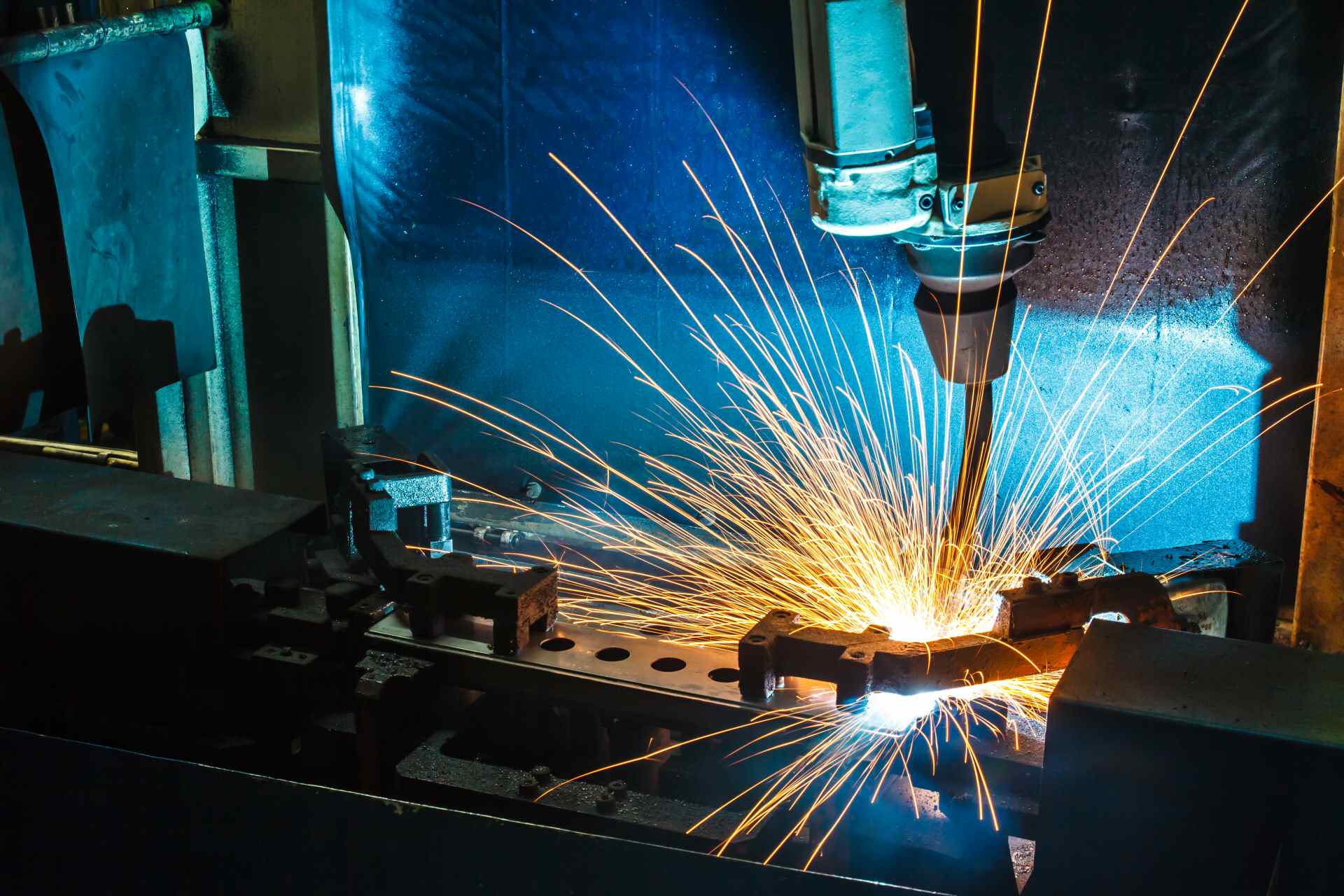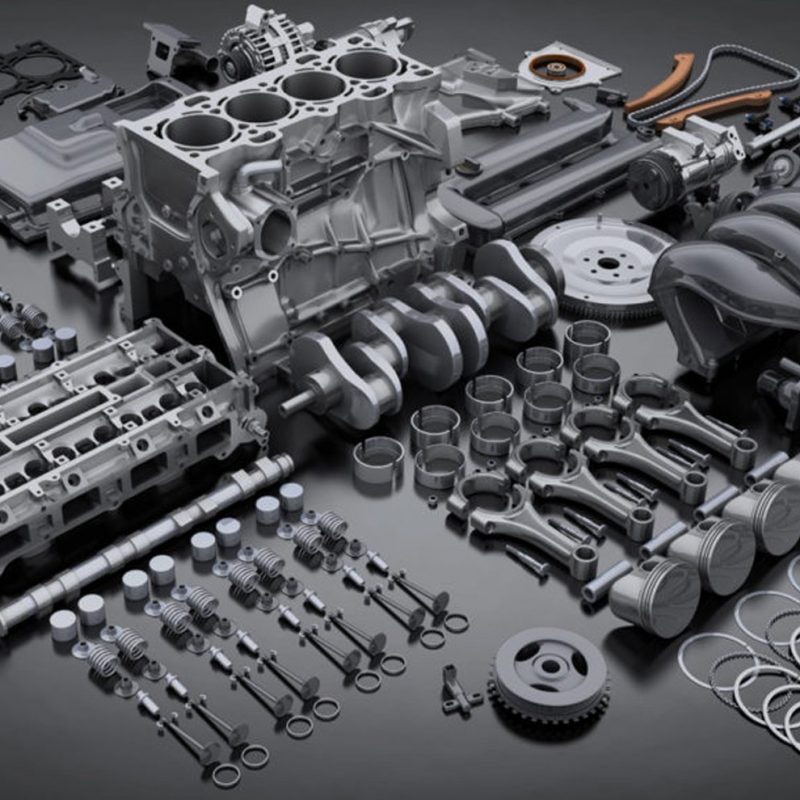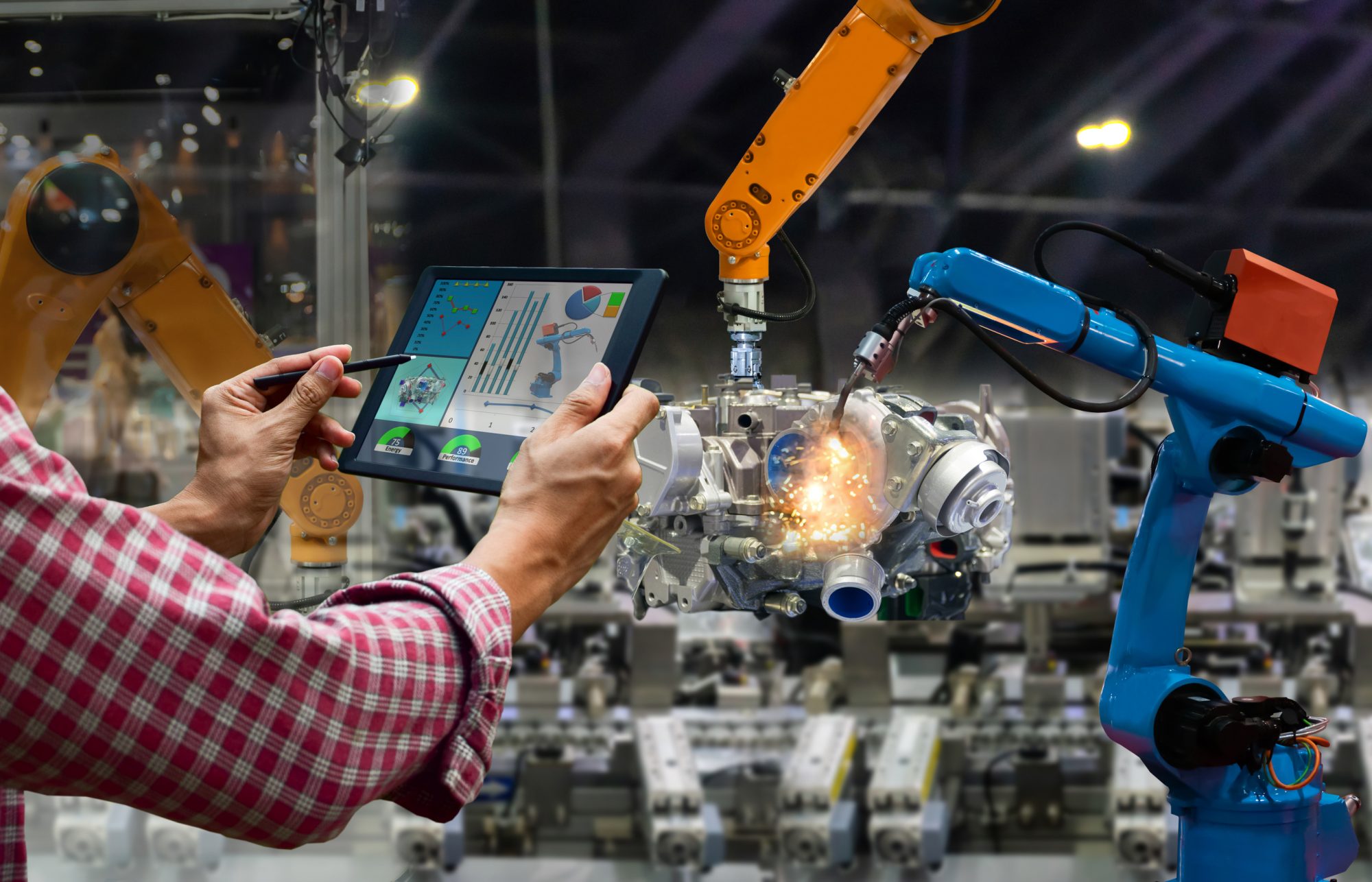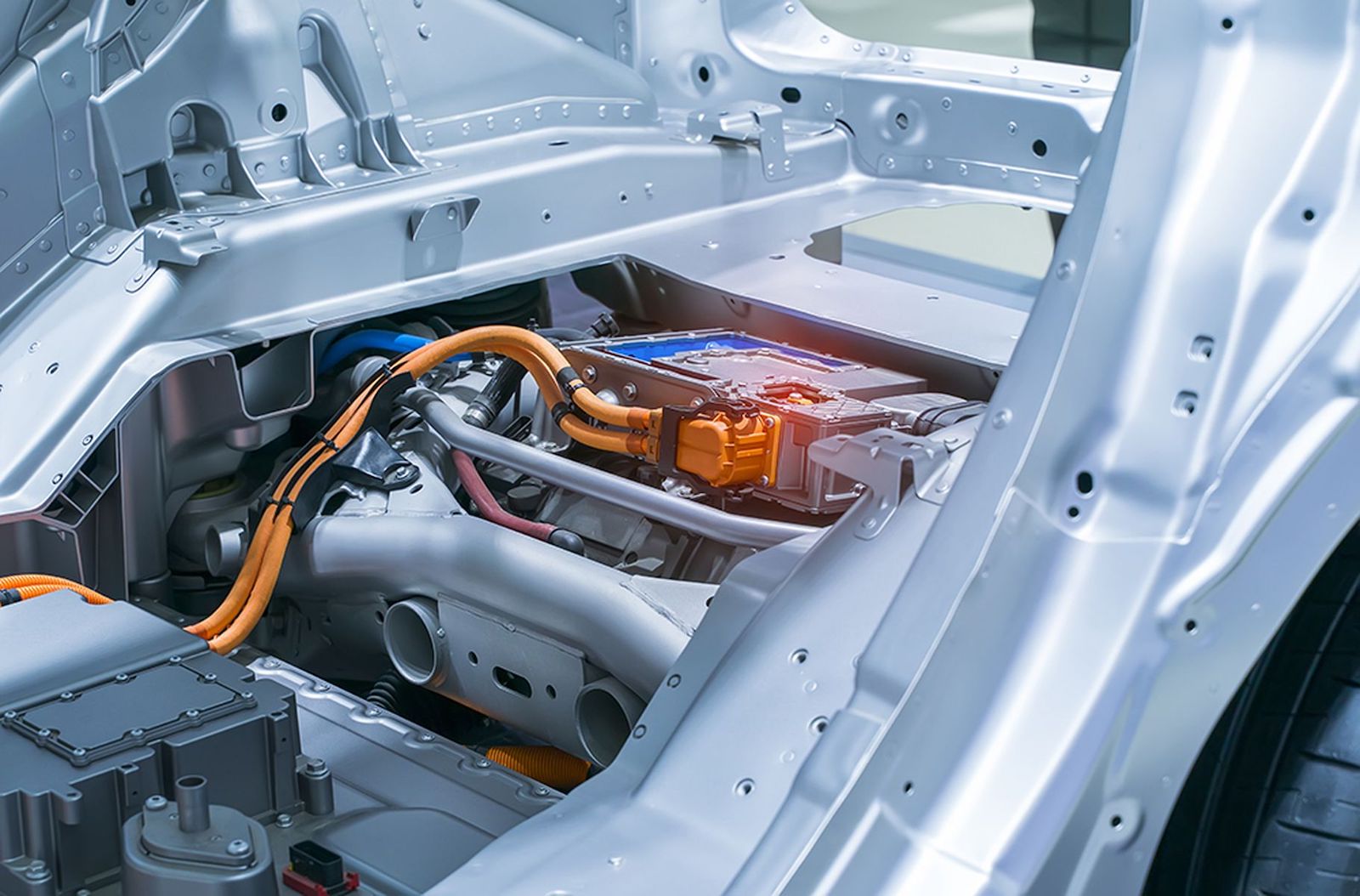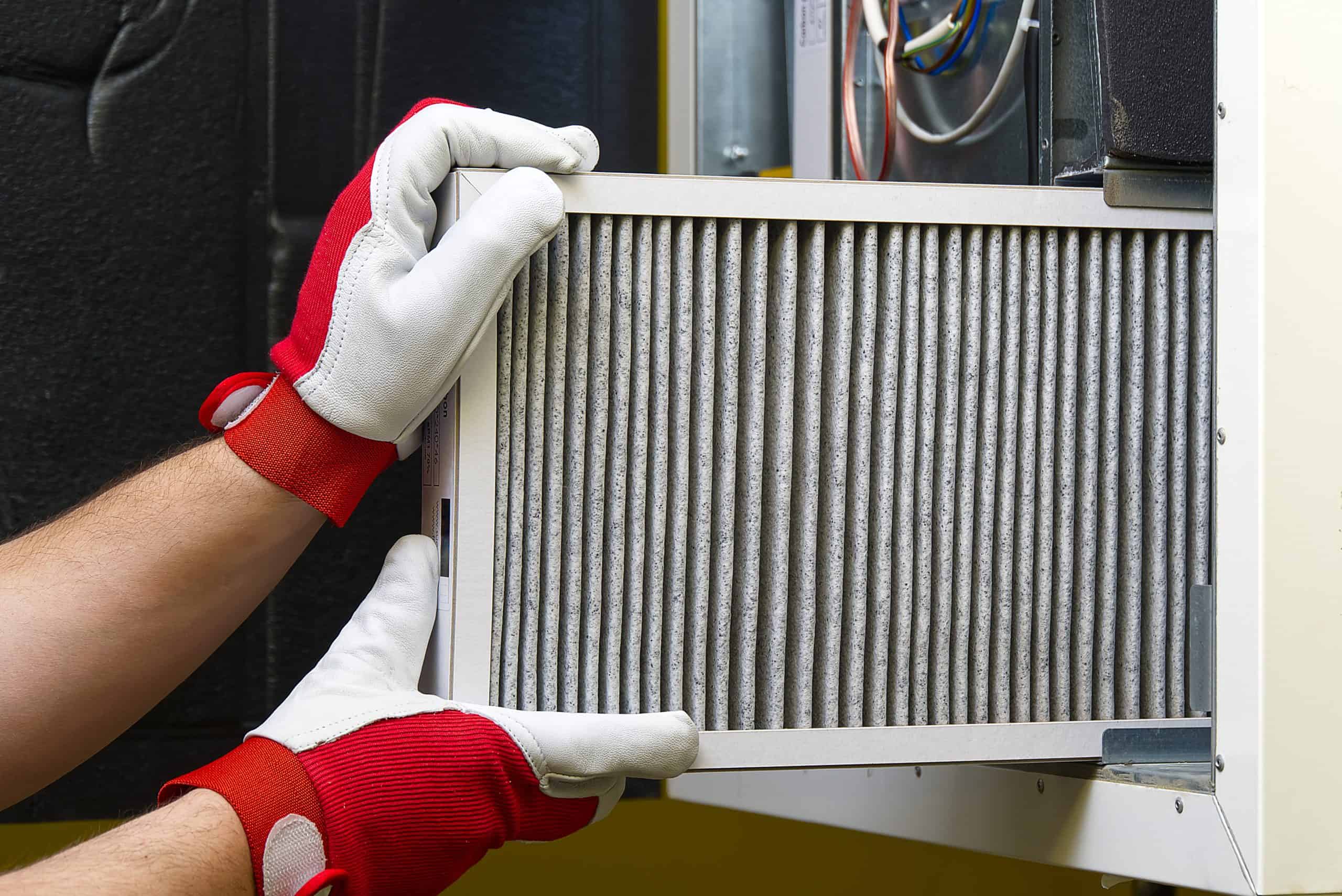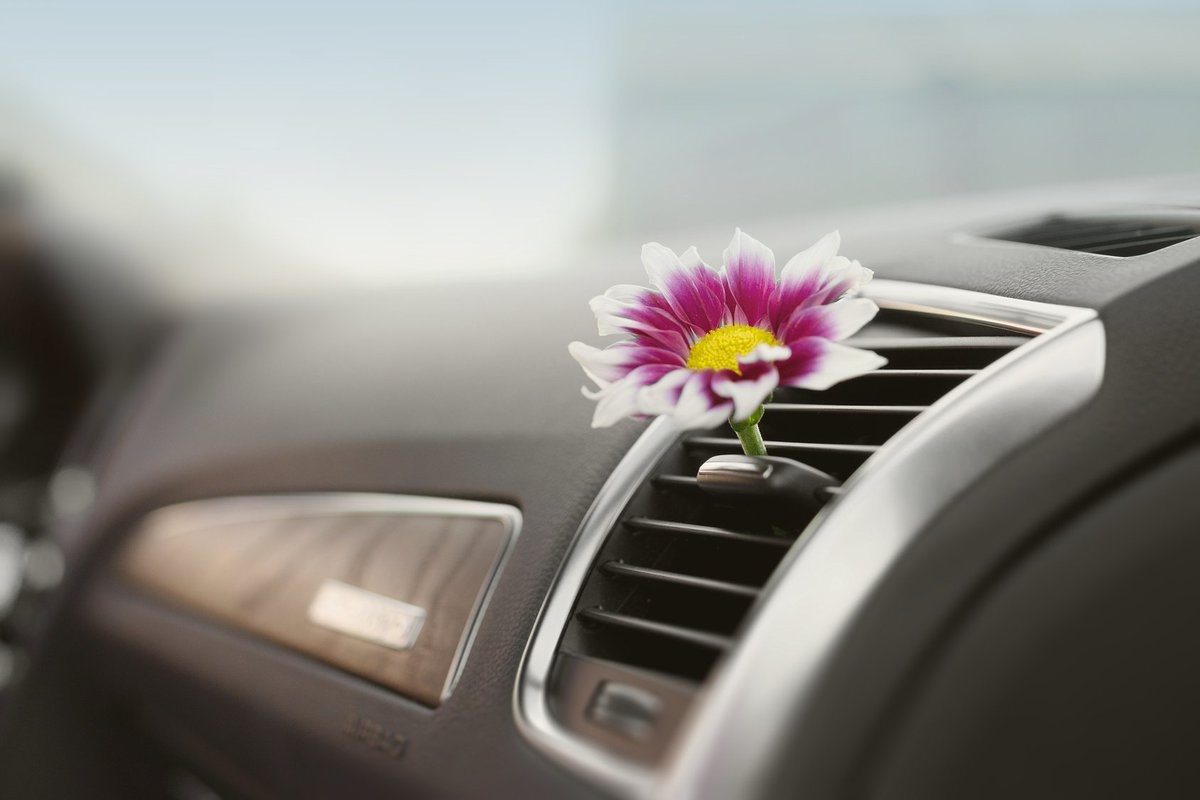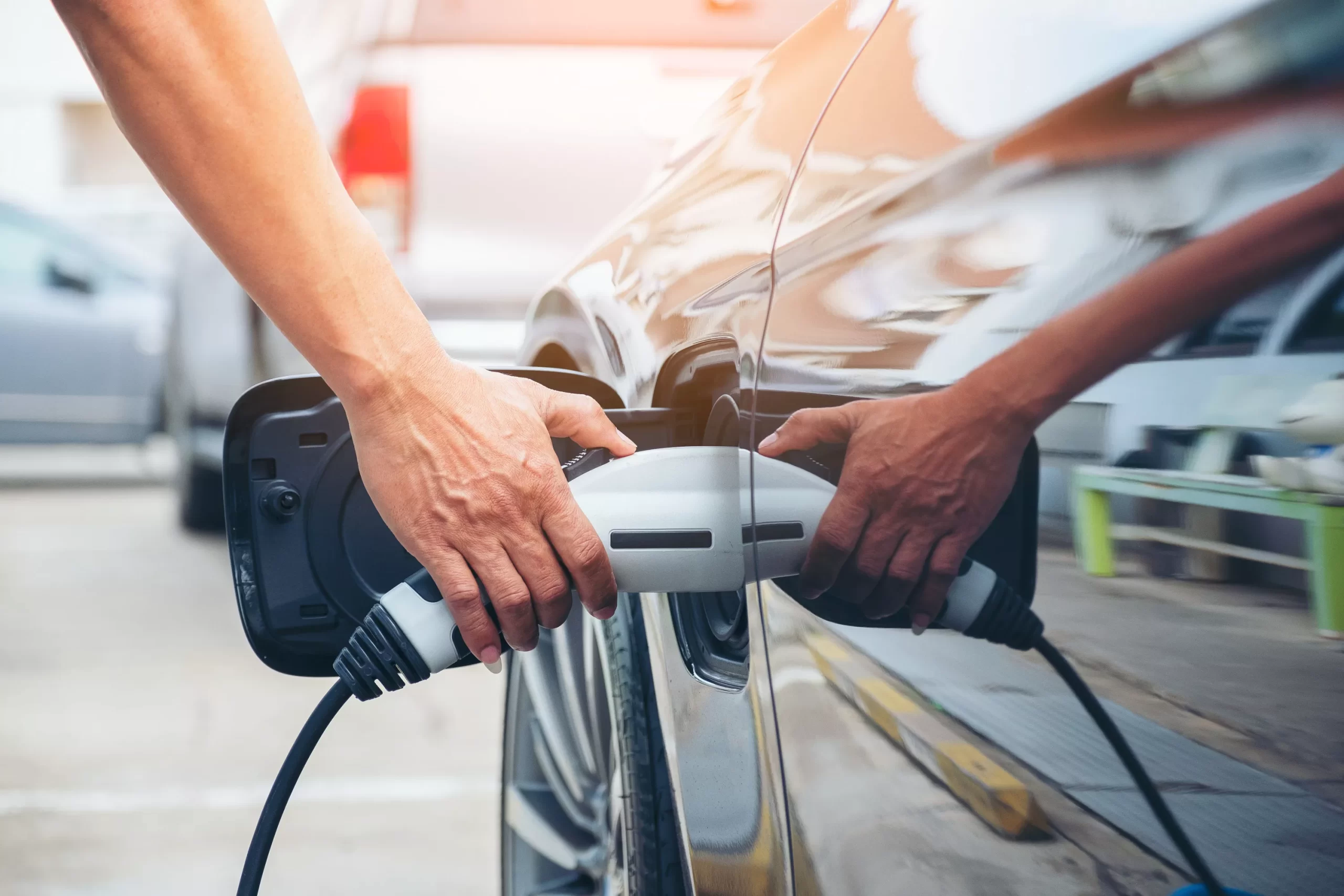How to Maintain Your Vehicle for Optimal Performance
How to Maintain Your Vehicle for Optimal Performance
I. Introduction
Proper maintenance is essential for keeping your vehicle running at its best. Regular check-ups, tune-ups and repairs can help prevent breakdowns, improve fuel efficiency, and prolong the life of your car. In this article, we will go over some tips and guidelines for maintaining your vehicle for optimal performance. From regular maintenance tasks to preventative measures, we will cover everything you need to know to keep your car in top shape. Whether you are a seasoned car owner or new to the world of vehicle maintenance, this guide will provide you with the knowledge and tools you need to ensure your car runs smoothly for years to come.
II. Regular Maintenance
Regular maintenance is one of the most important things you can do to keep your vehicle running smoothly. A few key tasks that should be performed on a regular basis include oil changes, tire rotations, and fluid checks.
Oil changes are essential for keeping the engine lubricated and running efficiently. The oil in your car collects dirt and debris over time, and if it’s not changed regularly, it can cause damage to the engine. It’s recommended that you change the oil every 3,000 to 5,000 miles or every 3 to 6 months, whichever comes first.
Tire rotations are another important maintenance task. Over time, tires wear unevenly, which can cause problems with handling and braking. Rotating your tires regularly can help ensure even wear, which will prolong the life of your tires and improve your car’s performance. It’s recommended that you rotate your tires every 6,000 to 8,000 miles or every 6 to 12 months.
Fluid checks are also important for maintaining your vehicle. This includes checking the levels of oil, coolant, transmission fluid, brake fluid, and power steering fluid. Low fluid levels can cause damage to your car and even lead to breakdowns. It’s a good idea to check these fluids every month or so.
To stay on top of regular maintenance, you can use a calendar or reminder app to schedule regular check-ups. You can also consult your car’s owner’s manual for a recommended schedule of maintenance tasks. By staying on top of regular maintenance, you can catch potential issues before they become major problems, which can save you time and money in the long run.
III. Preventative Maintenance
In addition to regular maintenance, preventative measures can also be taken to avoid costly repairs and ensure optimal performance of your vehicle. One of the most important preventative maintenance tasks is regular brake inspections. Over time, brake pads wear down and need to be replaced. If pads are worn too thin, it can cause damage to the brake rotors and lead to more expensive repairs. It’s a good idea to have your brakes inspected every 12,000 miles or 12 months, whichever comes first.
Another important preventative measure is to keep an eye on your battery’s health. The battery is one of the most important parts of your car, and it’s essential that it’s in good working condition. A battery that’s not working properly can cause problems with starting your car or cause other electrical issues. It’s a good idea to have your battery checked every time you have your car serviced, and to replace it if it’s more than 3 years old.
Preventative maintenance also includes taking steps to identify and address potential issues before they become major problems. This means paying attention to warning lights or unusual noises and having them checked out by a professional. It also means being aware of the signs that your car may be due for a tune-up, such as a decrease in fuel efficiency or an increase in emissions.
By taking preventative measures and addressing potential issues before they become major problems, you can save yourself time, money and potential headaches down the line. Regular maintenance and preventative measures are the best way to ensure your vehicle stays in optimal performance.
IV. DIY Maintenance
While it’s important to have your car serviced by a professional, there are also some basic maintenance tasks that you can do at home. These DIY maintenance tasks can save you money and give you a better understanding of your car’s needs.
One of the most basic and easy maintenance tasks you can do at home is changing your air filter. The air filter is responsible for keeping dirt and debris out of the engine, and it should be changed every 12,000 to 15,000 miles or 12 to 24 months, depending on your car’s make and model. Changing the air filter is a simple task that can be done with just a few tools and requires no special skills.
Another task you can do at home is replacing the wiper blades. Wiper blades wear out over time and can cause streaking or smudging when you’re driving in the rain. Replacing them is a simple task that can be done in a matter of minutes. It’s recommended that you replace your wiper blades every 6 to 12 months, or when you notice that they’re not working as well as they should.
While there are many basic maintenance tasks you can do at home, there are also certain tasks that should be left to the professionals. For example, if you’re not comfortable working with the electrical system of your car, it’s best to leave that to a professional. Similarly, if you notice any unusual noises or warning lights, it’s best to have your car checked out by a professional.
It’s important to strike a balance between DIY maintenance and professional service. By performing basic maintenance tasks at home, you can save money and get a better understanding of your car’s needs, while knowing when to seek professional assistance can help ensure that more serious issues are addressed before they become major problems.
V. Special Considerations
Different climates and environments can have a big impact on the maintenance needs of your vehicle. In extreme temperatures, for example, your car may require more frequent oil changes or tire rotations. Similarly, if you live in an area with heavy rainfall or snow, you may need to pay special attention to your car’s brakes, tires, and windshield wipers.
If you live in a hot climate, it’s important to pay attention to your car’s cooling system. The coolant level should be checked regularly, and if the coolant is dirty or has a rusty color, it should be flushed and replaced. Additionally, in hot climates, the tire pressure should be checked more frequently as the heat can cause the tires to expand and lose pressure.
If you live in a cold climate, it’s important to pay attention to your car’s battery. Cold temperatures can cause the battery’s power to decrease, making it harder for the car to start. It’s a good idea to have your battery checked and possibly replaced before the winter months. Also, in cold climates, the tires should be checked for proper inflation and have enough tread to handle snowy or icy roads.
It’s also important to consider the specific maintenance requirements for different types of vehicles. For example, hybrids and electric cars require different maintenance tasks and may have different parts that need to be checked and replaced. It’s important to consult the owner’s manual for your specific make and model and follow the recommended maintenance schedule.
By taking into account the climate and environment in which you drive, and the specific requirements of your vehicle, you can ensure that your car stays in optimal condition, regardless of the conditions.
VI. Conclusion
Proper maintenance is essential for keeping your vehicle running at its best. From regular maintenance tasks such as oil changes, tire rotations and fluid checks, to preventative measures such as regular brake inspections and battery checks, it’s important to stay on top of your car’s needs. Additionally, by performing basic maintenance tasks at home, you can save money and get a better understanding of your car’s needs, while knowing when to seek professional assistance can help ensure that more serious issues are addressed before they become major problems.
It’s also important to take into account the climate and environment in which you drive, and the specific requirements of your vehicle. By considering these factors, you can ensure that your car stays in optimal condition, regardless of the conditions.
In summary, regular maintenance is the key to keeping your vehicle running smoothly and avoiding costly repairs. By staying on top of your car’s needs and taking preventative measures, you can ensure that your vehicle stays in optimal performance. Remember to schedule regular check-ups, pay attention to warning lights and unusual noises, and consult your car’s owner’s manual for a recommended schedule of maintenance tasks, and you’ll be on your way to keeping your vehicle in top shape.


